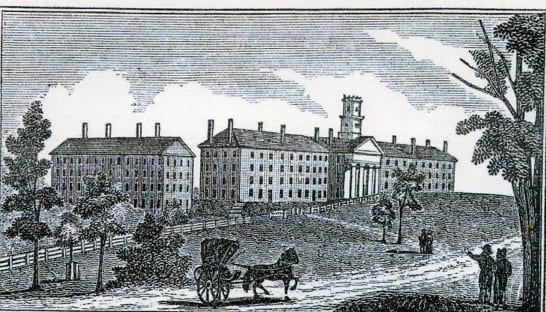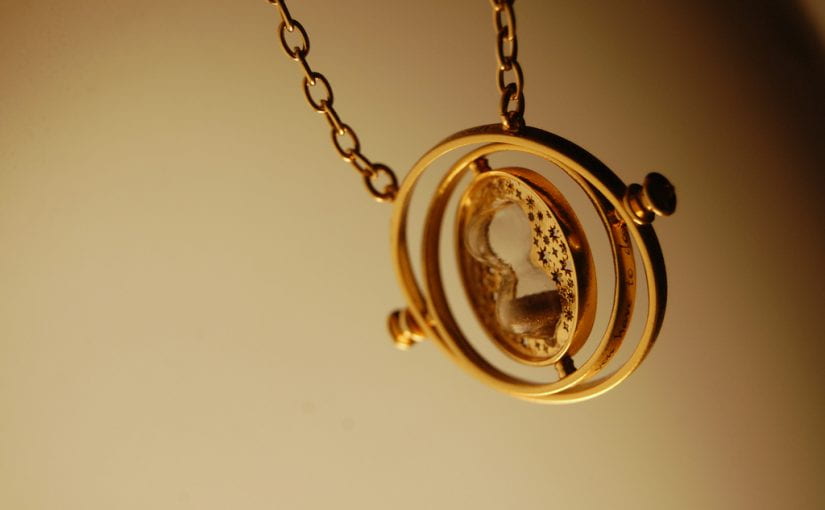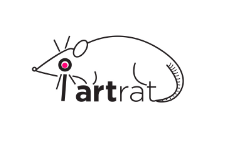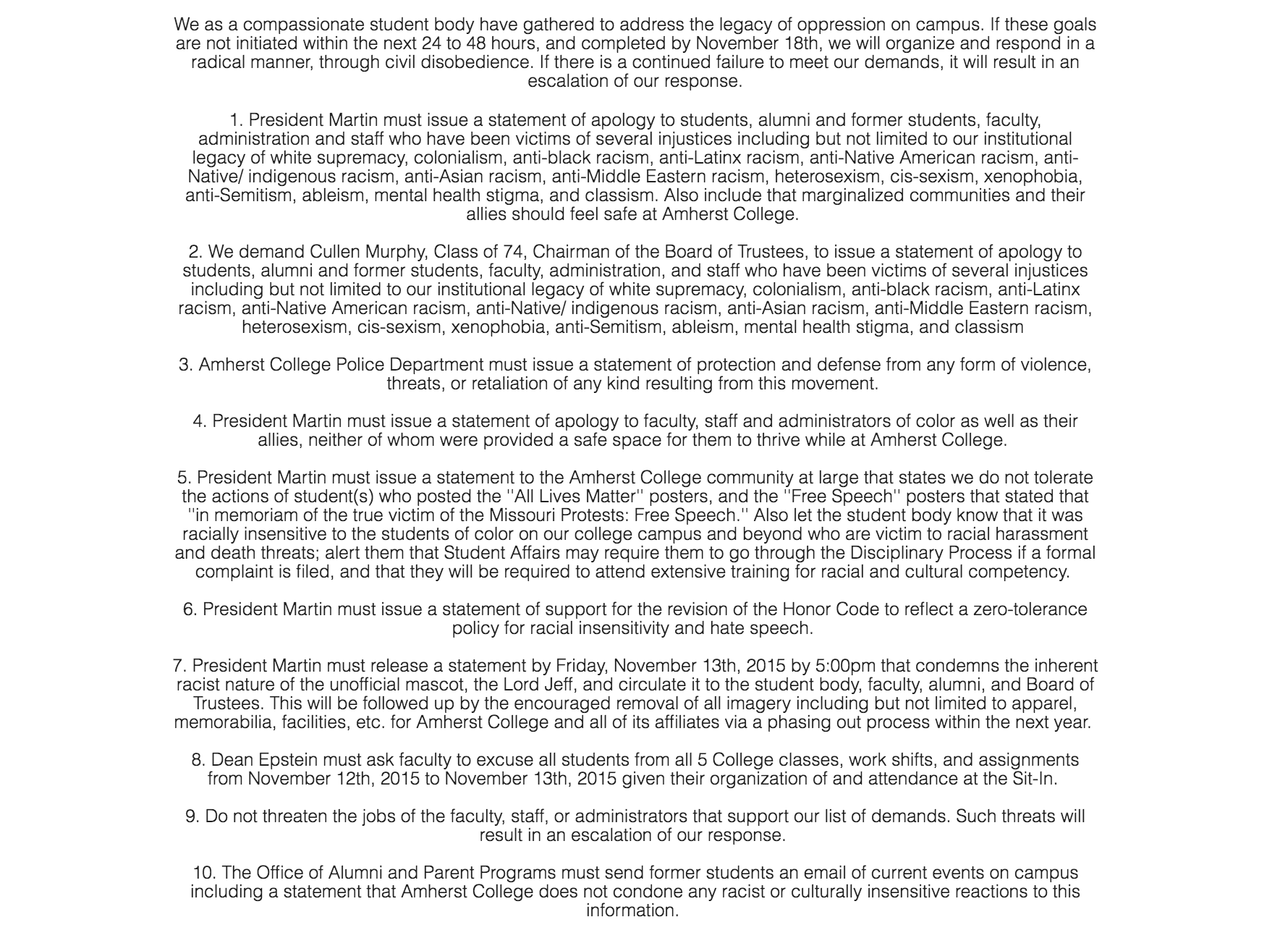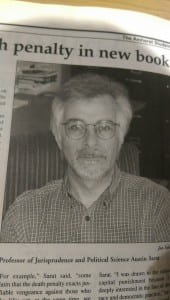From a young age, I have been intrigued by the faces and places of the past–as a child, I visited various historical museums, found a home within the pages of historical fiction novels and films, dreamt of finding a time machine or Narnia-like wardrobe, and spent hours poring over the diagrams, photographs, and first-person accounts that I found in my history textbooks. I loved how I was alive in the same world that so many others had once been alive in, and that, while most of the people and events that I was learning about had passed on, handprints of those people and events still impacted my own life however-many years later. I often found myself thinking of historical figures as friends who I’d merely lost touch with, and, as a native of Buffalo, New York, I loved comparing old photographs of Buffalo to the contemporary land and cityscapes that I lived in myself. For me, exploring history was merely a step in discovering where my life and other lives intersected in this big world that we live in.
Imagine my excitement when I arrived as a first-year at Amherst College: an institution of higher learning that was literally built into the historically rich (for better or, oftentimes, for worse–but that’s another discussion) hills of Western Massachusetts. Naturally, I yearned to learn as much as I could about the place where I would spend at least four years of my life, and took every possible chance to absorb information pertaining to the College on the Hill. During the summer of 2016, I became especially interested in the first few decades of the College’s history, and spent time over the following months reading and investigating. But, alas, my senior thesis was then birthed into the world, and as I’m sure I’ll learn whenever I become a mother to a human child, I found that much of my life became re-centered on Caring for My Thesis rather than Pursuing In Depth My Own Miscellaneous Interests. That being said, I was naturally overjoyed when being offered an internship in Frost Library where I would not only be able to explore Amherst College’s history on a deep level, but where I would also be laboring within the framework of the Digital Humanities, a field I’ve been slightly dipping into here and there over the past couple of years.
So far, I have only experienced two days of my internship, where I’ve spent much time exploring information pertaining to the early years of Amherst College. Rather than not having much to say due to how early in the game it is, my mind is absolutely packed with ideas, questions, interests, and random-bursts-of-thought–one of which is, “I could spend the next several decades within the walls and webpages of Frost Library and still not have enough time to explore all of the projects that I’m already forming in my mind.” What a great first day-and-a-half, no?! To make it easier for both you and me (For you: to be able to coherently read my thoughts. For me: to be able to coherently assemble my thoughts), I’ve provided a list of some of these items below:
Topics of Interest on Amherst College, 1821-1861
- Campus Life
- Student uprisings
- Class divisions and rivalries
- Hazing culture
- Sports and their impacts
- Fraternities and their impacts
- Women involved with the College
- Amherst students of color
- Christian revivals
- Personal narratives and accounts (students, faculty, townspeople, etc).
- Education & Intellectual Endeavors
- Relationships between students and faculty
- Role of the arts and visual media in education
- Role of Christian ministry and missions in education
- Amherst as an educational opportunity for low-income students
- Architecture/Landscape of the College & Town
- Interaction between students, faculty, and townspeople
- Architectural development of the College
- Impacts of the College on the town (cultural, economic, etc.)
…The list could go on, but I’ll stop here. My point is that I’ve found a vast array of topics interesting and worth pursuit–the problem is that, as I mentioned earlier, I could basically spend the remainder of my life researching all of this information and still have ideas and topics left to explore and discover. Truthfully, it seems that every time I find another interesting topic or every time I have a question answered, about six more topics or questions branch out of the original ones. On one hand, this is a problem for my adventure-and-exploration-seeking heart: I just want to learn everything I can (the good, the bad, and the ugly) in order to come to a fuller understanding of who and what Amherst College was and is, both for my own benefit and that of anyone who cares to take an interest. On the other hand, is this not an integral aspect of the beauty, complexity, and value of a liberal arts education? Having only graduated from Amherst two weeks ago, I can reflect on the past four years and say that I have more questions on my mind as an alumna than when I first arrived–and what a blessing that is!
I’ve learned to challenge, to question, to engage, and to disrupt. I’ve learned to utilize resources, to voice my thoughts, and to be critical of those same thoughts that I’ve voiced. I’ve learned to explore. I’ve learned that there’s no such thing as a dead end, even when the door is locked. I’ve learned that pursing knowledge is useless unless we are willing to challenge those pursuits, learn about things we’re uncomfortable with, and humble ourselves when we realize that we don’t know everything. Pursuing knowledge is useless unless we make that knowledge accessible, and making that knowledge accessible is an integral step in making our world a more fruitful place.
Each of these things is something that time-machine-searching, old-Buffalo-daydreaming Amanda would never even have dreamt of pursuing. But thankfully, Frost-Archives-searching, old-and-new-Amherst-daydreaming Amanda is excited to pursue each of them (and more, because goodness knows she’ll discover more worth pursing) as she delves into her internship. Cheers to an incredible summer!
